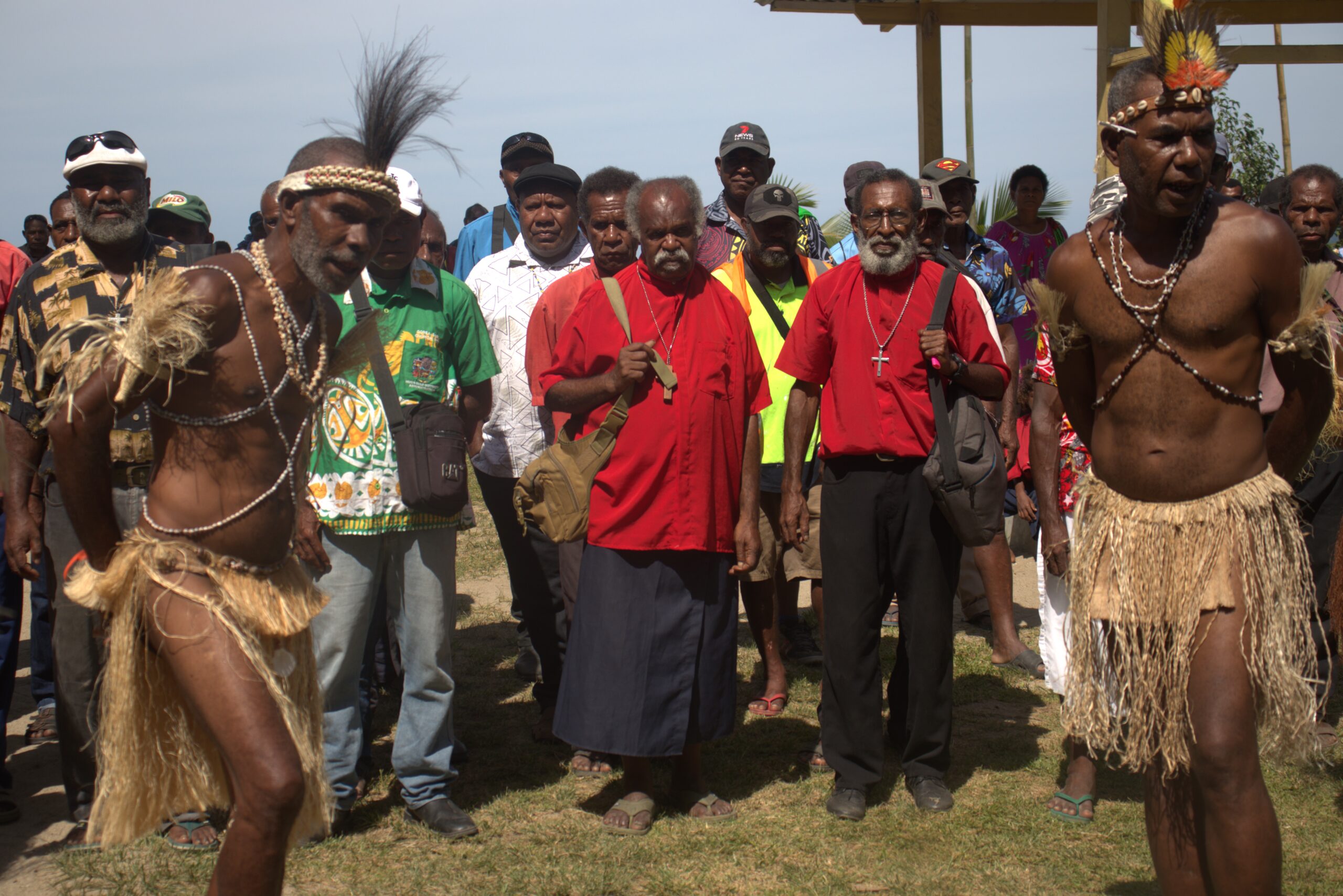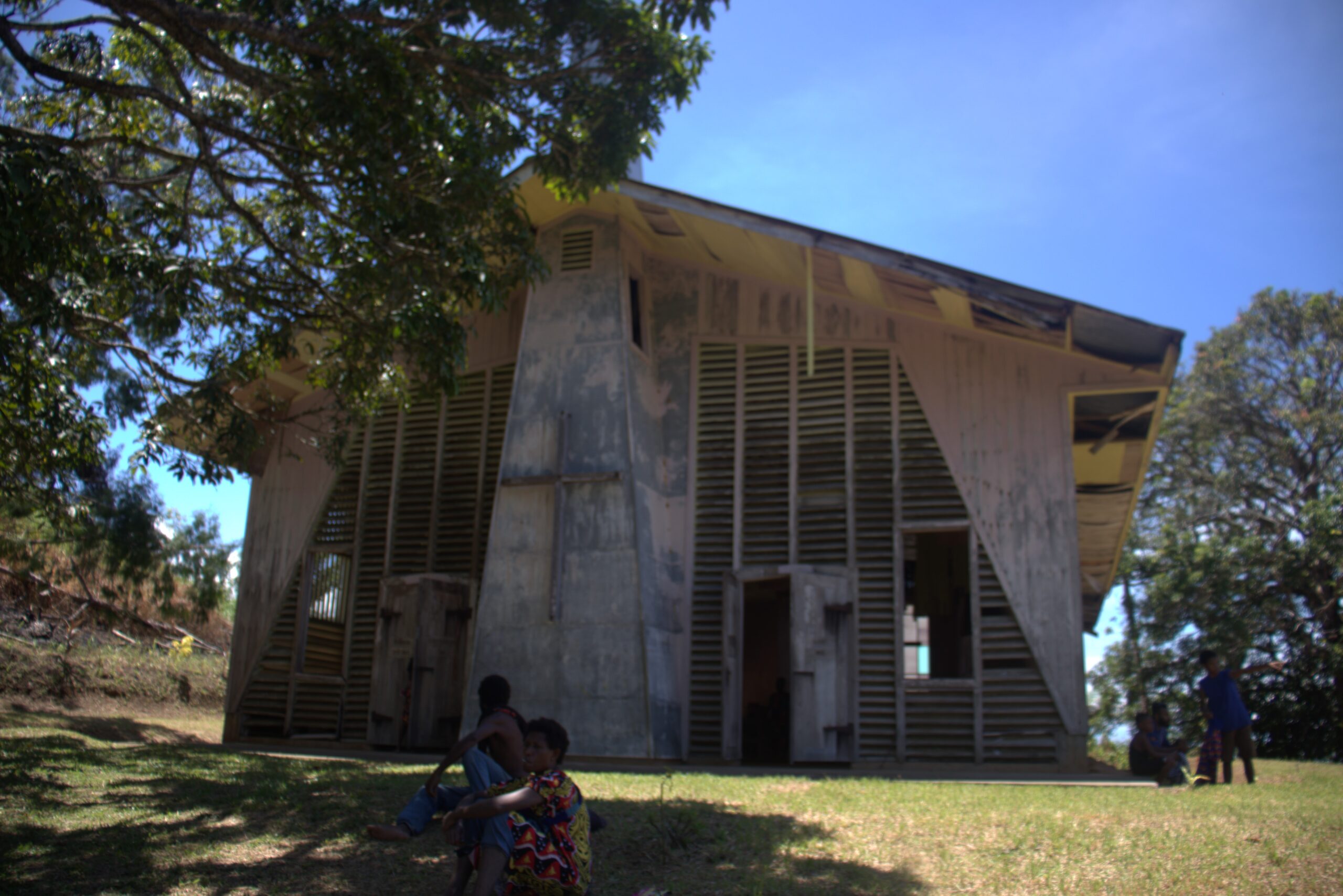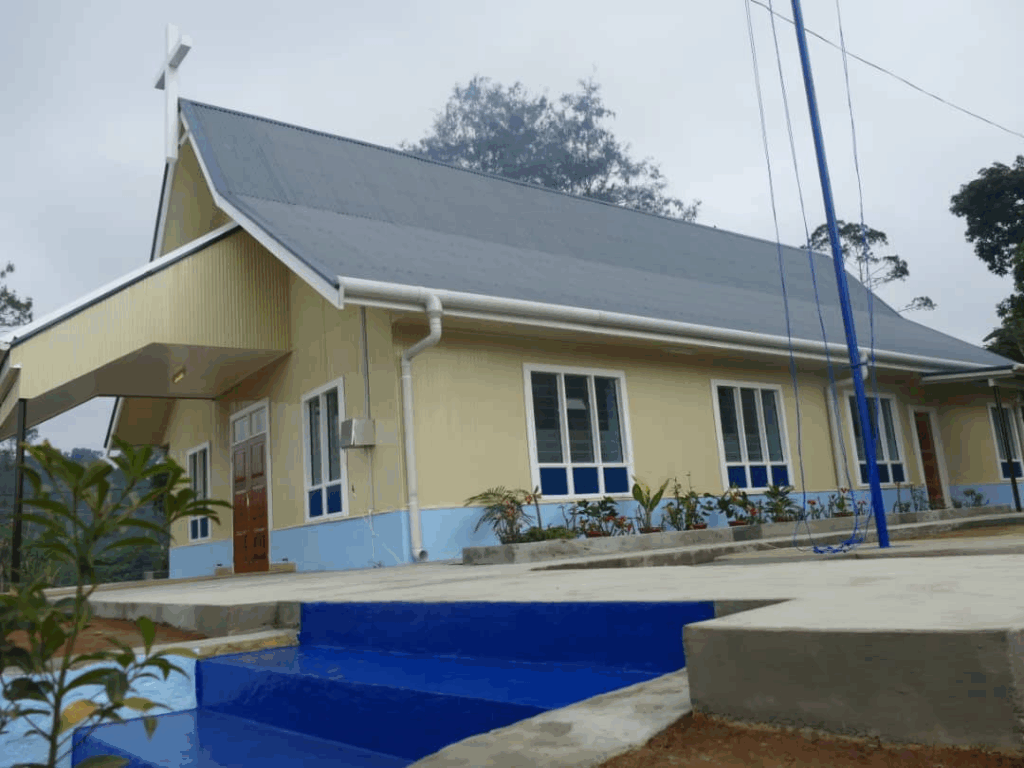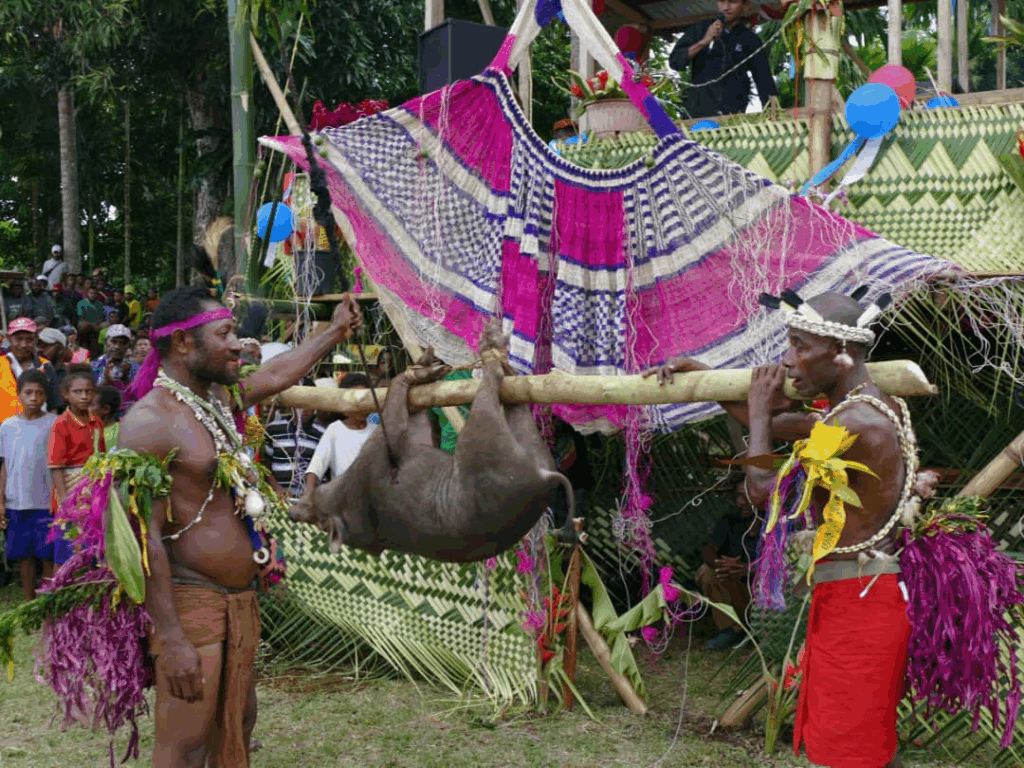
Malaclo Circuit is one of the fourteen (14) circuits in the Jabem District of the Evangelical Lutheran Church of Papua New Guinea ELCPNG). On October 3rd to 5th, a ceremony was held to commemorate 50 years of its establishment as a circuit.
The celebration was held at Buakap Congregation, Buakap Village, bringing together Lutheran members from the four zones of the circuit, Bong, Iwal, Yamap, and Gawac, for a time of fellowship and thanksgiving.
Malaclo was first established as a missions station in 1907 when Lutheran Missionaries Reverend Karl Mailenda and Reverend Herman Boettger expanded the mission from Finschhafen to the Huon Gulf coast, where the Malaclo Mission Station was built. (Within the Salamaua LLG of Morobe Province)
Lutheran missionaries managed the administrative and Miti aspects of the circuit, reaching out to communities, preaching the Word of God, and establishing parishes and congregations.
Circuit President Pastor Saking Tangali said that by 1975, the German missionaries handed over the former mission station, establishing it as an circuit and allowing local leaders to take responsibility under the ELCPNG structure.
Pastor Tangali, the 7th president of the circuit, reflected on its long journey of faith, strength, commitment, and the sacrifices of past servants of God and faithful Christians.
He said the celebration was a time of reflection for Lutheran members, leaders, pastors, and evangelists from the 10 parishes and 42 congregations, looking back at the achievements and challenges of the past 50 years, and charting the way forward for the next 50 years.
“Malaclo Circuit covers four language groups situated along the Salamaua coastlines and into the mountains, where geography remains a challenge when hosting circuit conferences and programs.
However, church members demonstrate their faith when it’s their turn to host, and they attend in large numbers, showing that the Lutheran faith remains strong,”
— Ps. Tangali.
ELC-Jabem District President Reverend Yasam Aiwara told the gathering that evangelism in the next 50 years will not be the same as in the last 50.
Rev. Aiwara said the forefathers of Malaclo dedicated their lives to mission work, faithfully serving alongside Lutheran missionaries.
“The fruit of their effort in evangelism,” he said, “is you all gathering here today for this anniversary celebration.”
He reminded members to reflect on how God’s Word spread from Finschhafen to reach their communities.
“The Miti was brought to your area on a canoe. It was made possible through the sailing skills, weather knowledge, and strong faith of skillful sailors.
God’s Word came, but it went through numerous tests of time before being accepted by the people through different approaches,”
— Rev. Aiwara.
He added that history still tells of times when there were only a few churches, and Lutheran members walked long distances just to hear the Word of God every Sunday — faithfully, without complaint or excuse.
“Today, every community has a church at its doorstep, yet people neglect Sunday services, fellowships, or giving to support God’s ministry,” he said.
“Don’t be lazy, stubborn, or ignorant. The church rests on your shoulders to carry it forward — be active in continuing this mission.
Stand firm in your faith and be a Christian who not only listens but also lives out God’s Word,”
— Rev. Aiwara.
According to Flierl: The Founding of Malaclo Mission Station
Source: Johann Flierl, Forty Years in New Guinea (1927), pp. 64–66, 164 ff.

A New Outpost on the Huon Gulf
In 1907 the Lutheran Mission extended its reach beyond Bukaua into the Salamaua area, founding a new station at Malalo (p. 64). The call came directly from the people themselves — Flierl writes that “the people here had fairly besieged us with the urgent appeal for missionaries, who would bring them the Miti (the Word of God)” (p. 65).
Building on a Steep Hill
Missionaries Mailaender and Boettger led the pioneering effort, assisted by volunteer helpers from Jabem and Tami (p. 65). The station rose on “a steep acclivity, three hundred feet high,” yet neither the terrain nor the heavy iron-wood beams discouraged the Kela people. They felled trees deep in the forest, split the timber into boards, and carried everything by hand up the slope. Flierl compared their zeal to the devotion of the Galatians, saying, “As an angel of God ye received us!” (p. 65).
Eager Learners and Early Challenges
Before the buildings were even complete, “the natives came already in numbers to apply for instruction and baptism.” But the missionaries refused to rush conversions. Flierl recalls one incident when a catechumen, angered by discipline, “threatened Brother Mailaender with a spear.” After a long period of repentance he was restored, and the whole community approved the missionary’s firmness (p. 65–66).
Growth Under Brother Bayer
As the mission matured, Brother Bayer and his wife took charge of the expanding congregation. By the 1910s Malalo had become “one of the largest in the whole mission,” with a vast hinterland inhabited by populous Melanesian tribes (p. 66). Flierl later described visiting “Malalo station, where Brother Bayer and his young wife live and work. Malalo is ninety miles from Morobe.” He admired the dramatic coastline of high, forested mountains and the network of native mission helpers serving the surrounding villages (p. 164).
Legacy of Faith and Partnership
Malalo’s story reveals the deep cooperation between European missionaries and the Kela people. It began not as an imposed outpost but as a response to local yearning for the Gospel, built through shared labour and sustained faith. From its high ridge overlooking the Huon Gulf, Malalo became a symbol of the spirit that animated the early Lutheran mission in Papua New Guinea — a partnership of trust, discipline, and hope for a transformed future.
References:
Flierl, J. (1927). Forty Years in New Guinea. Wartburg Publishing House, pp. 64–66 and 164–165.


